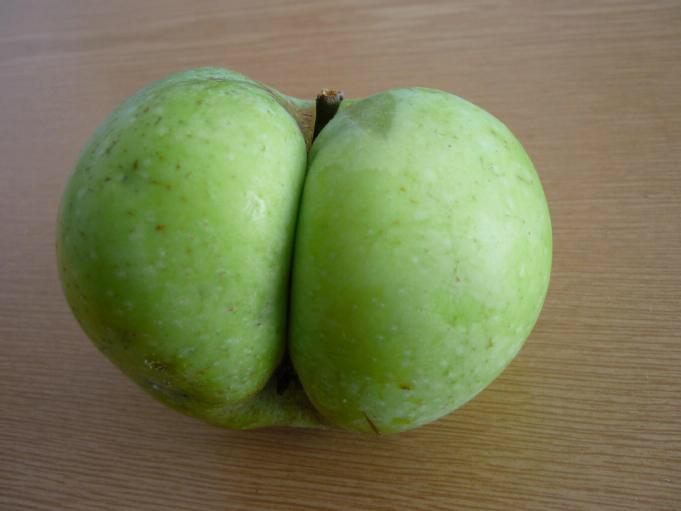Firstly, Happy New Year! Today's post is going to be a quick one about food waste. As you may already know, this is a topic that keeps coming up here on Picnics Past & Present and for good reason. In my eyes, food waste is an extremely important environmental issue and is one that everybody can easily get involved in.
| The "Ugly Carrot", part of Intermarché's campaign for "Inglorious Fruits and Vegetables" |
A few posts back we touched on the global food waste issue when we talked about the close relatives of perfect produce: the ugly fruit and veggies. EndFoodWaste have recently launched a new campaign on twitter and Facebook that focuses on aesthetically imperfect fruit and veggies (or "uglies"). Their campaign aims to rally the public to demand ugly fruit and veggies at major retailers worldwide in a fun and interactive way. According to their website, at least 20% of all produce is wasted because of its size, shape, colour, or appearance. The group have created an information sheet outlining 10 reasons why people should support ugly fruit and vegetables, which range from world hunger to climate change. To take part in this great new campaign (and to have some fun!), follow #UglyIsBeautiful on twitter and post your own pictures of your ugly beauties to @UglyFruitAndVeg - the best pics will be retweeted!
 |
| Recent tweet from @UglyFruitAndVeg: "I refuse to be the butt of your jokes" |
























